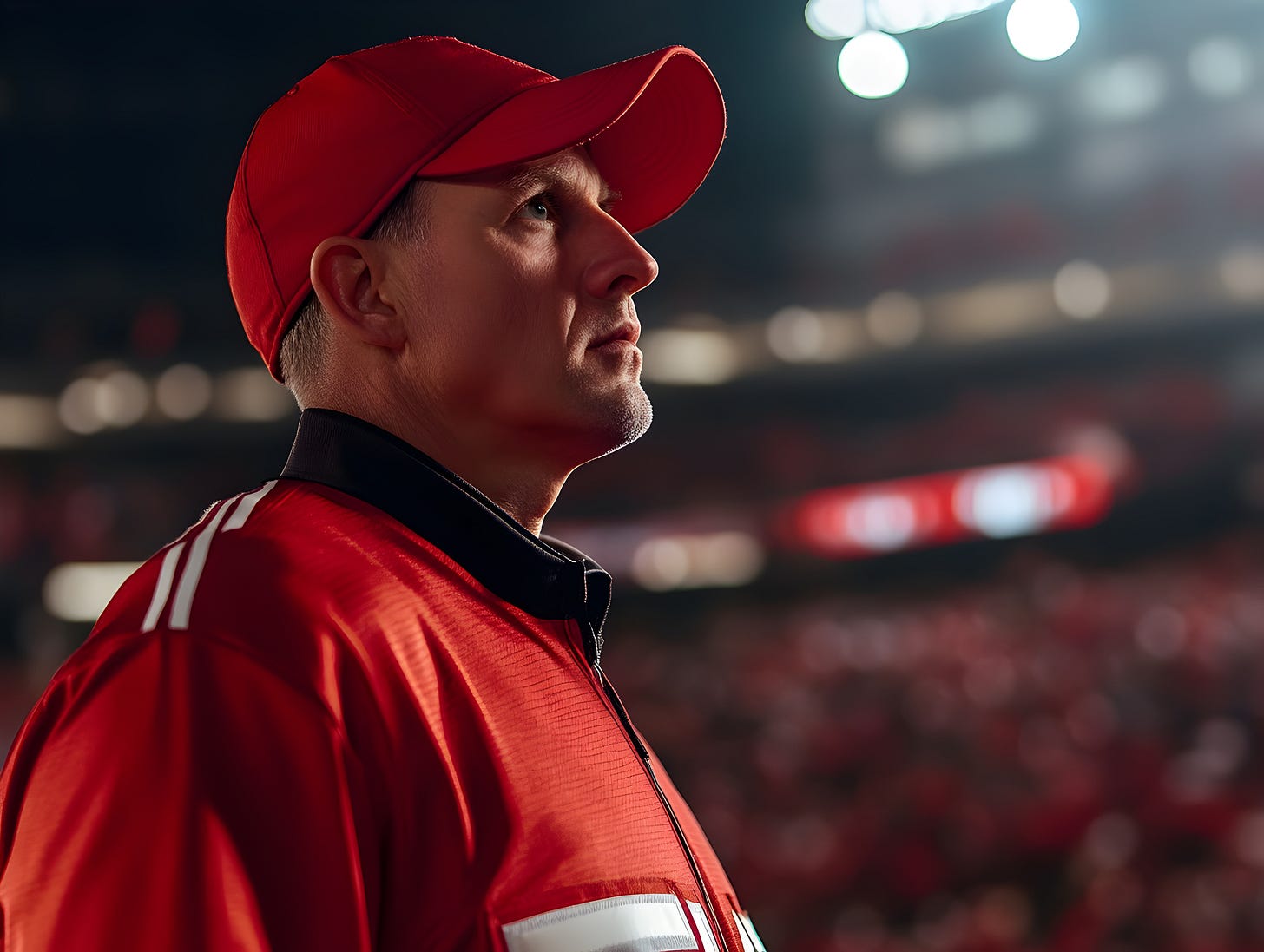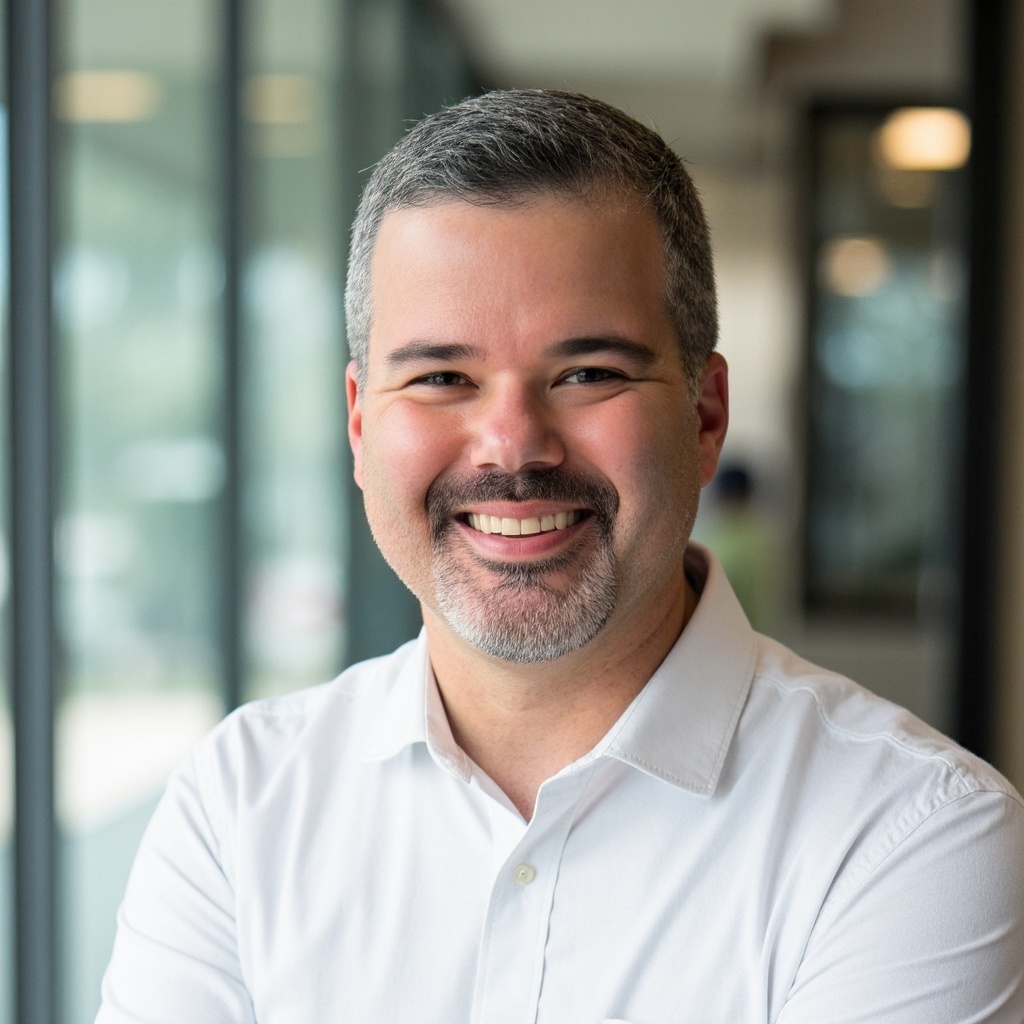Great Leaders Rise Again: Lessons from Bill and Pete
How Two Fired Leaders Built Championship Teams—and What It Means for Today’s Hiring Decisions

In today’s fast-paced business world, it’s easy to fall into the trap of labeling people based on a single chapter of their story. I’ve noticed a troubling narrative lately—especially on platforms like LinkedIn—where professionals who’ve been laid off or fired are often unfairly branded as toxic or risky hires.
This kind of thinking overlooks a critical truth: careers aren’t straight lines. Great leaders—those who leave lasting legacies—rarely succeed without experiencing setbacks. The story of two such leaders, Bill and Pete reminds us that failure is often a prelude to impact that lasts far beyond any one organization.
Early Lessons, Public Setbacks
Let’s start with Bill. By the time he took his first head leadership role in Cleveland, he already had 16 years of experience learning from some of the brightest minds in his industry. His resume was filled with credibility. But when it came time to lead, results didn’t come easily. Over five seasons, his teams struggled to meet performance expectations. Though he showed promise, the organization decided to part ways.
Then there’s Pete. Like Bill, Pete spent more than two decades working under influential leaders, gaining hands-on experience across various leadership roles. He eventually earned his first shot to lead in New York. The team started strong but faded fast. After just one season, Pete was let go. He had barely unpacked his office before the organization moved on.
Pete’s next opportunity in Boston offered another chance to prove himself. For three years, his teams performed inconsistently. Despite some progress, results declined year over year. Ultimately, he was dismissed again.
On paper, both men had failed—multiple times. And yet, their best work was still ahead of them.

Learning, Adapting, and Building Something Better
Bill could have walked away from leadership altogether. Instead, he took a step back into a senior contributor role, learning and preparing for his next opportunity. When that chance came—leading an organization in Boston—he didn’t waste it. Over the next 24 years, Bill built an outstanding team culture where people excelled together. Under his leadership, the organization exceeded its goals in 19 of those years and reached the pinnacle of its industry nine times.
Pete, too, found his footing—but not right away. After a brief hiatus, he surprised the industry by taking on a struggling organization in Los Angeles. Given his previous dismissals, critics questioned the hire. But Pete approached the challenge differently this time. He built a leadership team with shared values, aligned the organization behind a clear vision, and made bold but thoughtful personnel decisions. In his second season, the team’s performance dramatically improved. Over the next decade, his group became one of the most dominant forces in the industry, eventually claiming its highest honor.
That success opened another door: a return to his original industry, this time in Seattle. Over 14 years, Pete’s leadership helped the organization consistently meet or exceed its goals in 11 seasons. Once again, he led them to the industry’s highest recognition.
Both leaders eventually stepped away from their long-time roles. But neither retired. Bill accepted a leadership position in North Carolina, applying his experience to a related industry. Pete, ever drawn to a challenge, stepped into a turnaround situation in Las Vegas. Even late in their careers, their desire to build meaningful teams remained strong.

In Case You Haven’t Guessed…
Bill is Bill Belichick. Pete is Pete Carroll.
Bill Belichick, fired by the Cleveland Browns with a losing record, went on to win 69% of his games with the New England Patriots. He delivered 20 winning seasons, 18 playoff appearances, 9 trips to the Super Bowl, and 6 championships—one of the most successful runs in professional sports.
Pete Carroll, fired first by the Jets and later by the Patriots, rebuilt his career at USC, where he won 84% of his games and captured two national championships. He then returned to the NFL and built a perennial playoff contender in Seattle, where he won Super Bowl XLVIII and led his teams to 10 playoff appearances.
Today, Bill and Pete are both in their seventies, starting new chapters not because they have to—but because they still find meaning in building teams, developing people, and taking on new challenges.
Why This Matters for Us
Layoffs and terminations are part of nearly every industry. And in today’s volatile market, they’ve become even more common.
Consider this: between January and October 2024, over 16 million people in the U.S. were laid off. As of the last week of January, nearly 2.3 million people were still claiming unemployment benefits. Behind those numbers are highly capable individuals—leaders, creators, builders—whose stories are far from over.
Many companies over-hired during pandemic-driven surges in demand. Now, faced with market corrections, they’re right sizing their workforces. People caught in these transitions are often unfairly judged by the circumstances of their departure rather than the potential of their future contributions.
But here’s the truth: leadership success is never about one person alone. It’s about the system they build, the people they empower, and the culture they shape.
Success Is a System, Not an Accident
Imagine leadership as preparing a great meal. Even the best chef can’t create a masterpiece without the right ingredients, the right kitchen, and the right team to help execute the vision. A brilliant recipe prepared in the wrong environment will fall flat.
In their early roles, Belichick and Carroll struggled because the environments weren’t right. Maybe the team wasn’t ready, the strategy wasn’t aligned, or the support structures weren’t in place. But in Boston, Los Angeles, and Seattle, they built something greater than themselves: a system where people thrived, where values guided decision-making, and where shared goals created unstoppable momentum.
The key isn’t hiring a perfect leader. The key is building the conditions where leadership thrives.

The Opportunity Ahead
If you’re between roles right now, take heart. A chapter of difficulty doesn’t define your entire story. The leaders who leave the most meaningful legacies are the ones who learn from their setbacks, embrace the journey, and keep moving forward with purpose.
If you’re hiring, I encourage you to widen your lens. Don’t just ask what someone did wrong in a previous role. Ask what they learned. Ask what they’re ready to build next. The next transformative leader for your organization might be the one with the scars to prove they’ve been tested—and the wisdom to succeed when it counts.

What Will You Build?
In every organization, the opportunity exists to build something bigger than personal ambition. Teams that align around purpose, that support one another’s growth, and that face challenges head-on will always outperform those driven by ego or fear.
Bill Belichick and Pete Carroll are reminders of what’s possible when leaders—and their teams—rise above setbacks and commit to something greater than themselves.
The question is: in your next chapter, whether as a leader or as a teammate, what will you help build?

Brian Dickson is the owner of Bus Business Consultants and author of Ground Transportation Insights on Substack. Drawing on leadership roles in motorcoach operations and Disney’s Guest Transportation, he helps operators improve performance, culture, and growth—Bus Business Consultants: Driving Performance, Culture, & Growth in Ground Transportation.
This article was originally published on February 18, 2025 at Ground Transportation Insights.
Read more from Brian Dickson in the ABA News Center
- The Details That Drive Us
- What Southwest Airlines Can Teach Ground Transportation Leaders
- When Strategy Becomes the Engine
- The Eye Doctor Who Looked Deeper
- Dirt Turns to Gold. So Can Steel.
The views expressed are those of the author alone and do not necessarily reflect the position of the American Bus Association.

